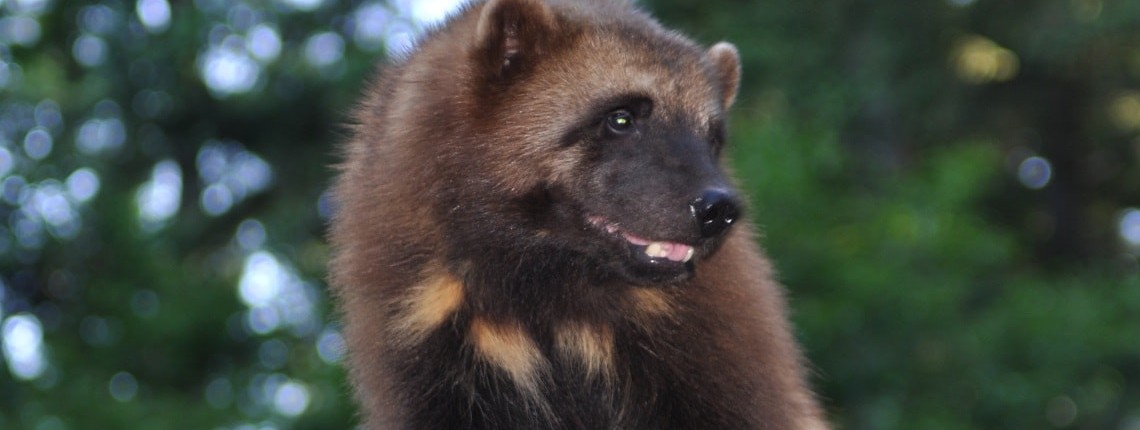Wolverine Inventory and Conservation in South Coast Mountain Ranges
This large-scale, collaborative inventory project will provide information on the distribution, abundance, and composition of wolverines across the southern Coast Mountain ranges. The project will provide data needed to begin to effectively address threats and know where to best implement conservation actions for this important population of wolverines.
The immediate benefits of this project are:
- better inventory data from which to assess the sustainability of the population in the Bridge and Cheakamus watersheds,
- increased awareness among First Nation, government, non-government, trapper, and public organizations with respect to wolverine populations in southern Coast Mountain ranges, and
- a plan to address deficiencies in information or management.
The only information that is currently available on the wolverine population in this area is based on habitat models from northern and eastern B.C., which are likely inaccurate for the southern Coast Mountain ranges. Our better inventory data will allow First Nations, trappers, and other wildlife managers to immediately evaluate the sustainability of current harvest rates and adjust as necessary. Enhanced awareness will help motivate change where needed, to ensure that harvest and landscape management decisions incorporate wolverine population and habitat needs. Long-term benefits of this work relate to increasing the confidence and probability of positive outcomes with respect to the at-risk population of wolverines in the southern Coast Mountain ranges. Most significantly, a concrete long-term outcome of this project will be a research and extension plan that will address deficiencies in information or management that affect the ability of this population to sustain itself in the face of increasing and evolving threats.
This project also compiles considerable spatial and non-spatial data about landscapes within the Bridge and Cheakamus watersheds with respect to road densities, patterns of forest management, urban development, major projects, and back-country recreational activities.
This project will explicitly engage community members and decision-makers that play a role in the conservation of wolverines and their habitats, by providing them with background information on wolverines in the southern Coast Mountain ranges and initial stewardship tools. Furthermore, work will be done with St’át’imc Government Services to incorporate the knowledge gained with respect to wolverines in their Truvian referral system, so that staff can better incorporate wolverine population needs in their assessments of proposed developments. Specifically, extension programs will deliver six workshops and presentations to a variety of audiences to help decision-makers achieve their desired sustainability outcomes for their respective industries or communities. These audiences will benefit from the extension program by helping individuals contribute to conservation through changes in their behaviours, and by incorporating the ecological needs of wolverines in their decision-making processes. The anticipated outcome of this project is a change in behaviour of land managers to conserve or restore important connectivity corridors and other wolverine habitat and populations in the Bridge and Cheakamus River areas.
Currently, an open trapping season on wolverines with no quota or bag limits exists in the Bridge River Watershed, which makes the population susceptible to overharvest. The population and density estimates obtained from this project will directly inform harvest targets for each trapline and management unit, and help ensure that harvests are sustainable in the long-term. The primary outreach outcome of the project involves implementing an extension plan to help trappers, First Nations, governments, non-government agencies, and local landowners to incorporate this information into future decision-making processes.


